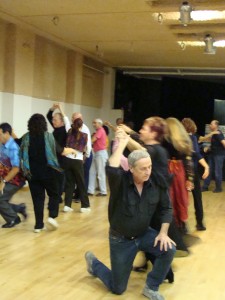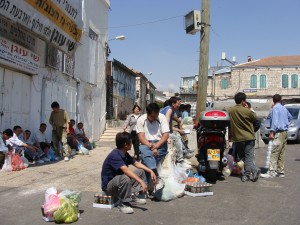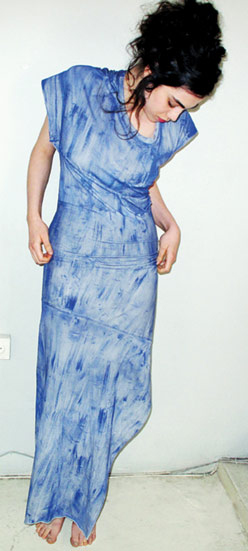The Jerusalem Post, September 11, 2009
It’s Friday afternoon in the West Bank village Bil’in. A crowd of protestors—Israeli, Palestinian, and international—is gathered at the barbed-wire separation fence. Facing the IDF on the other side, they chant in Hebrew, Arabic, English, and Spanish. Their voices are punctuated by the occasional pop of a tear gas canister launching into the air. Rapidly clicking camera shutters serve as quiet percussion.
But not all of these photographers are with the press. Some of them are with Activestills—a group that, like other photoactivists, attempts to bring provocative images to the attention of the Israeli mainstream.
Now a collective of ten photographers, Activestills began in 2005 with a few individuals who noticed each other documenting the same politically-charged events. “We all wanted to do something to promote the issues we believe in,” Keren Manor, one of the founders, recalls.
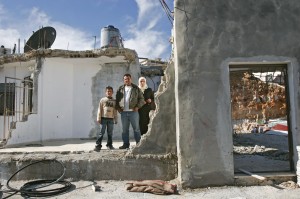
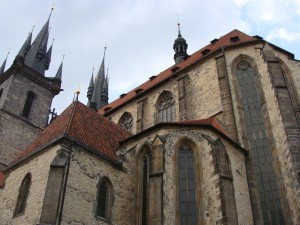
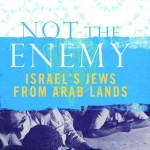
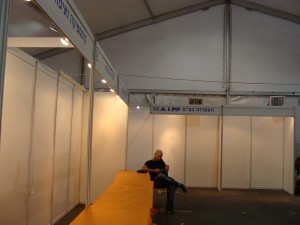
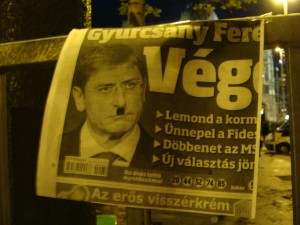 After the ‘non-revolution’
After the ‘non-revolution’